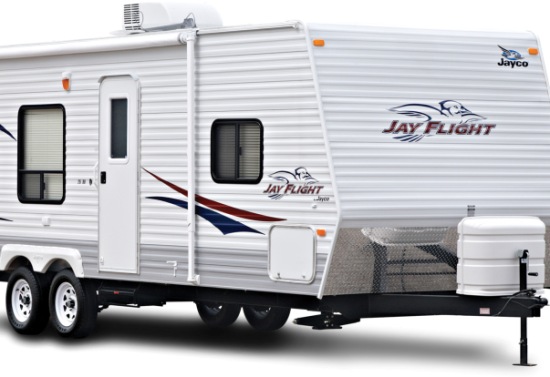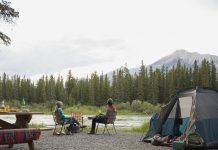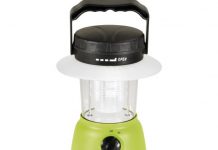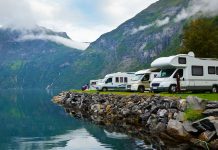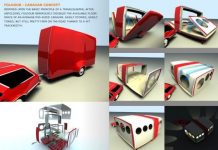Camping is one of the favorite activities for a lot of people across the world. It is one of the best opportunities to leave the daily city life behind and relax in the lap of nature. While some people prefer to take their car till the camping location, others may opt for a trailer.
If you are someone who is planning to camp in a trailer or are planning to be out on a campsite for a long period of time, then for you a self-contained camping trailer will prove amazing. If you do not know what a self-contained camping trailer is, you can go through the following given information.
- A self-contained camping trailer is a trailer or van which is complete in it and offers you almost all the facilities which any accommodation like a home or motel would do. Such camping trailer offers a host of necessities for spending a few days outside home but in the same level of convenience.
- A self-contained camping trailer may consist of facilities like a stove or oven, a furnace, water holding tanks, deep cycle batteries, air conditioning, refrigerator, a bed, a table, running tap water, an on board generator and everything else that you might need can also be accommodated, depending upon the size of the trailer.
Benefits of a Self-Contained Camping Trailer
- One of the greatest benefits of a self-contained camping trailer is that you don’t have to worry about carrying camping gear separately if you have one such trailer. Everything you may need is already present in it and based on the supplies present, you can easily spend a good number of days in the trailer, without any convenience store nearby.
- A self-contained camping trailer can be considered as home away from home and is the best buy for a camping trip. It can accommodate a family easily and is ideal for those who camp often.
- Another major benefit of buying a self-contained camping trailer is that it often offers the shade which you may need on your camping site through extended tin shade option. This means you can sleep inside it but sit outside to enjoy the nature in the shade that it offers.
- A self-contained camping trailer is a necessity for those who are camping in harsh weather conditions like extreme summers or very cold winters.
Disadvantages of a Self-Contained Camping Trailer
- One of the disadvantages of a self-contained camping trailer is that it can be a very expensive buy. Yes, it may mean a one-time investment and then no worries in the future but most people cannot afford to buy such a trailer for just their camping needs.
- A self-contained camping trailer may not be ideal to drive to all kinds of camping sites and terrains. Since it contains a lot of things, it may become heavy and thus not ideal to drive on many types of harsh weather or difficult locations.

